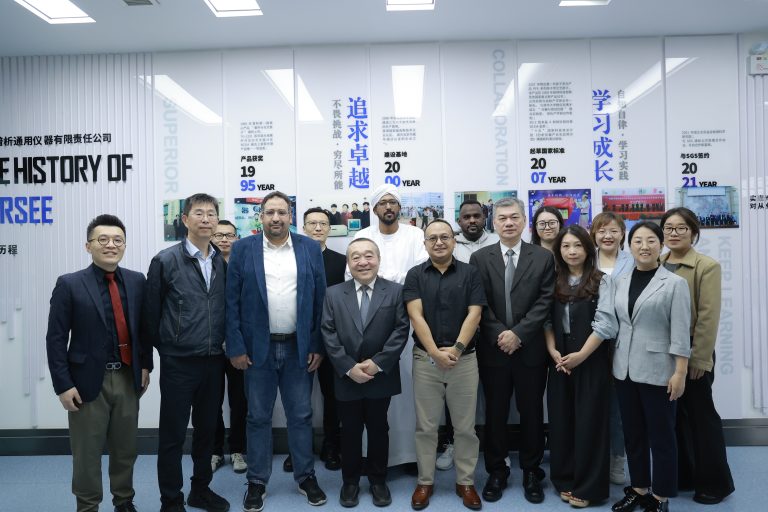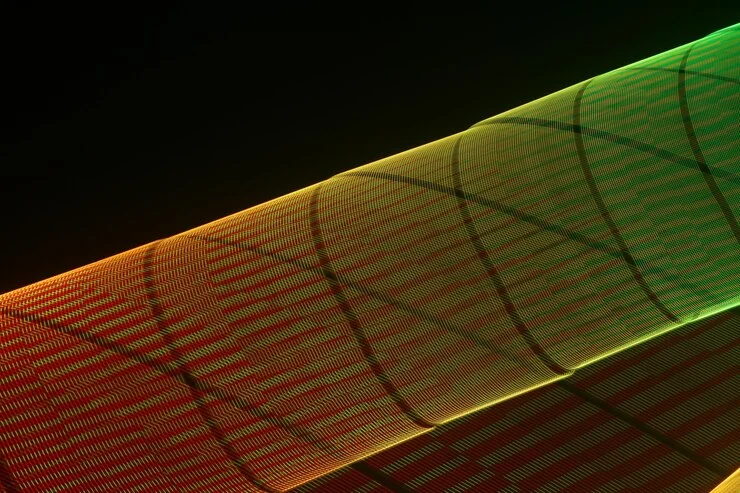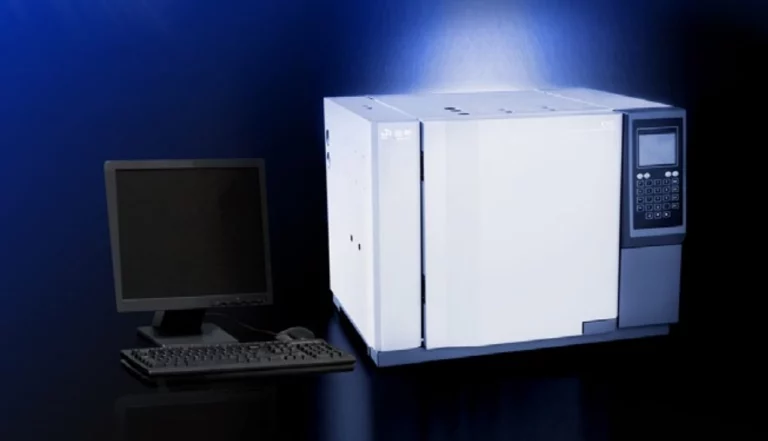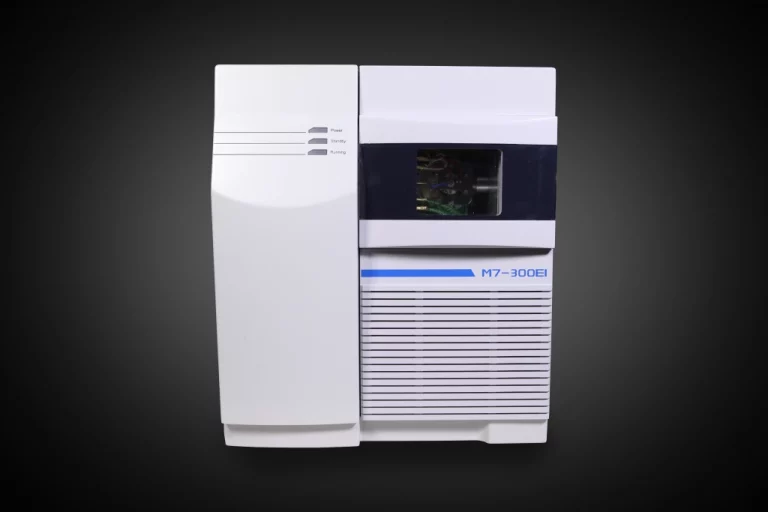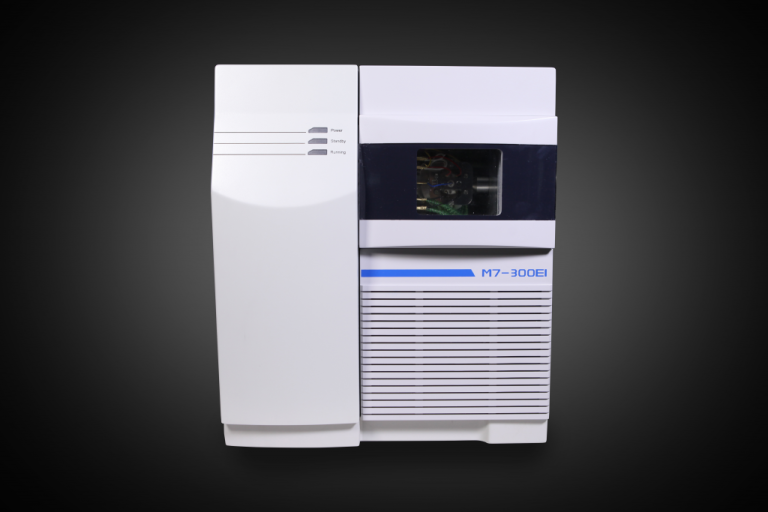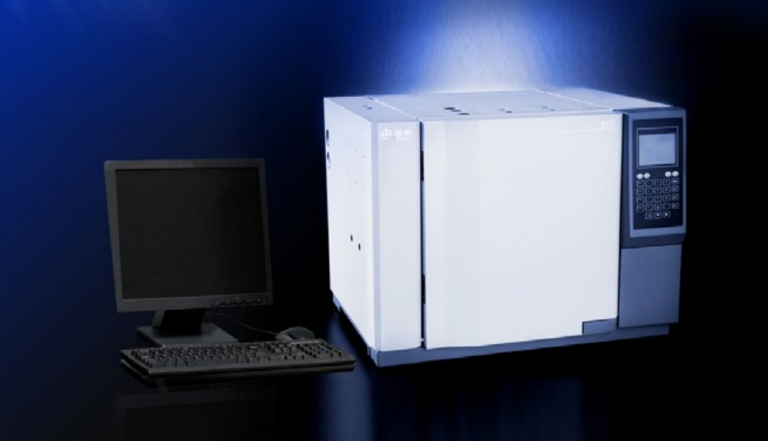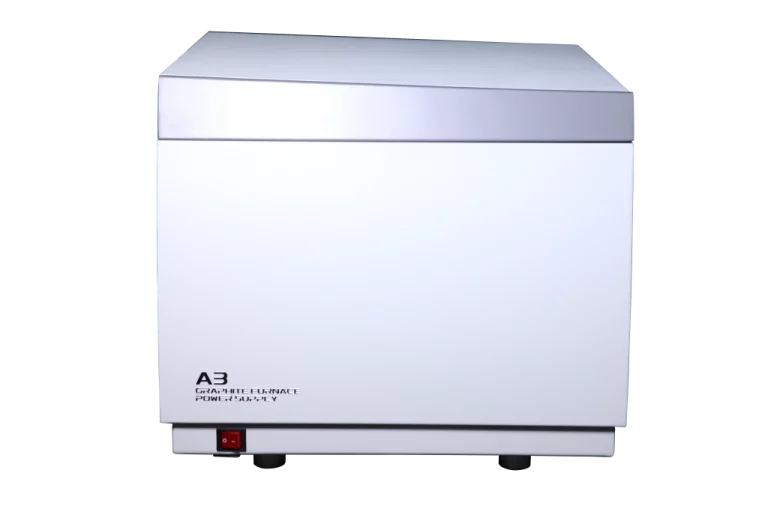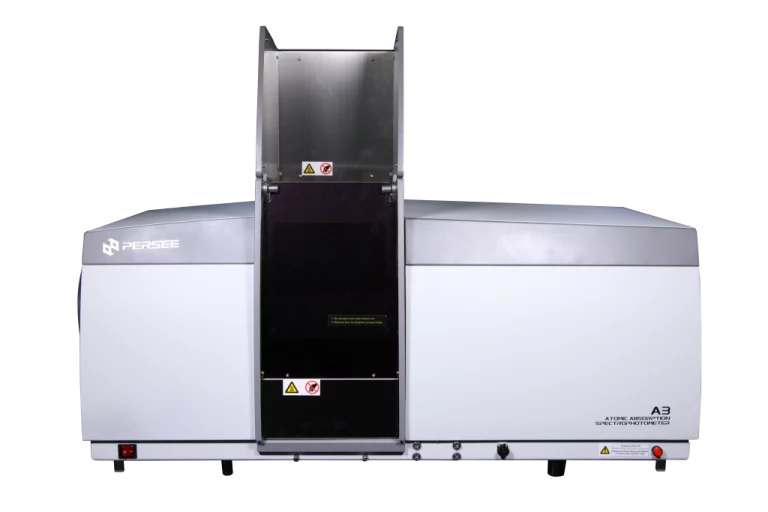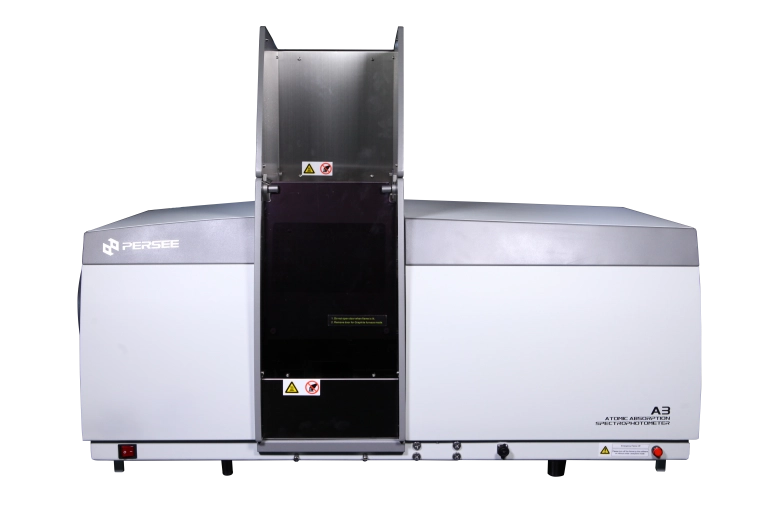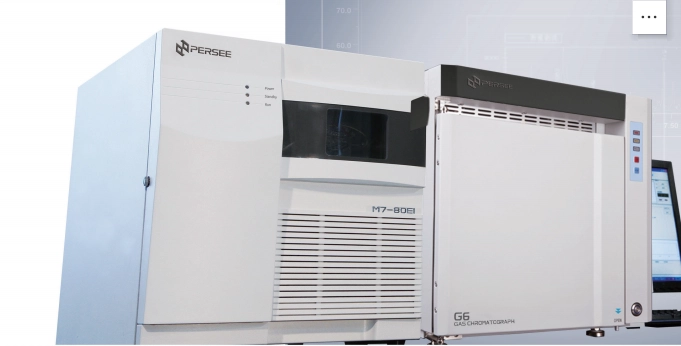Industries work hard to ensure quality, monitor the environment, and meet safety rules. Detecting tiny amounts of metals in different materials is very important. At 페리, we offer top-notch tools for analysis. One of our best tools is atomic absorption spectrophotometry (AAS). This blog explains how AAS finds metals in materials, its uses, benefits, challenges, and why our devices are trusted by experts worldwide.
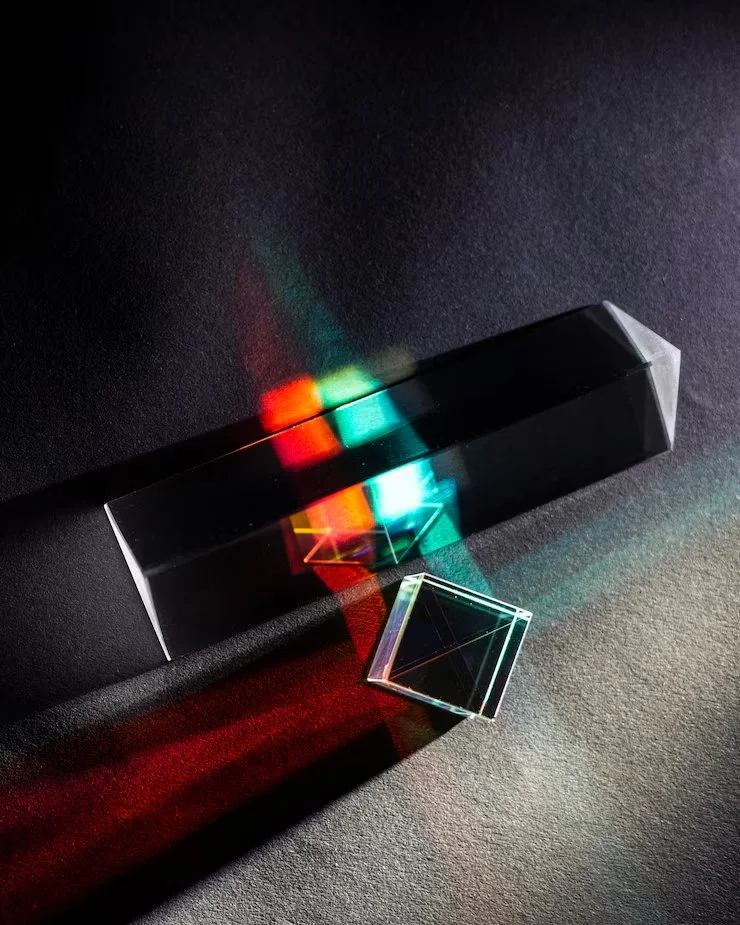
Principles of Atomic Absorption Spectrophotometry
The Science Behind Atomic Absorption
Atomic absorption spectrophotometry is a very precise method. It measures how much metal is in a material by checking how much light the metal atoms take in. The method follows a basic rule called the Beer-Lambert Law. This rule says the light absorbed depends on how many atoms are present.
Here’s how it works:
- Breaking Down the Sample: The material is turned into free atoms. This often happens using a flame or a special oven.
- Light Interaction: A special lamp sends out light that matches the metal being tested. The atoms in the material absorb this light as it passes through.
- Measurement: A sensor checks how much light is left. Less light means more metal is present.
This process helps AAS find metals in very small amounts, like parts-per-million (ppm) or parts-per-billion (ppb). It’s perfect for detecting tiny traces.
Key Components of an Atomic Absorption Spectrophotometer
An AAS device has several important parts. These parts work together to give accurate results.
| Part | Purpose |
| Special Lamp | Sends out light specific to the metal being tested. |
| Atomizer | Turns the material into free atoms using flame or an oven. |
| Light Filter | Picks out the exact light wavelength needed for testing. |
| Sensor | Measures how much light passes through to calculate metal amount. |
| Program | Runs the device and processes results for clear data. |
Our A3에프 combine these parts with easy-to-use features. They deliver great performance.
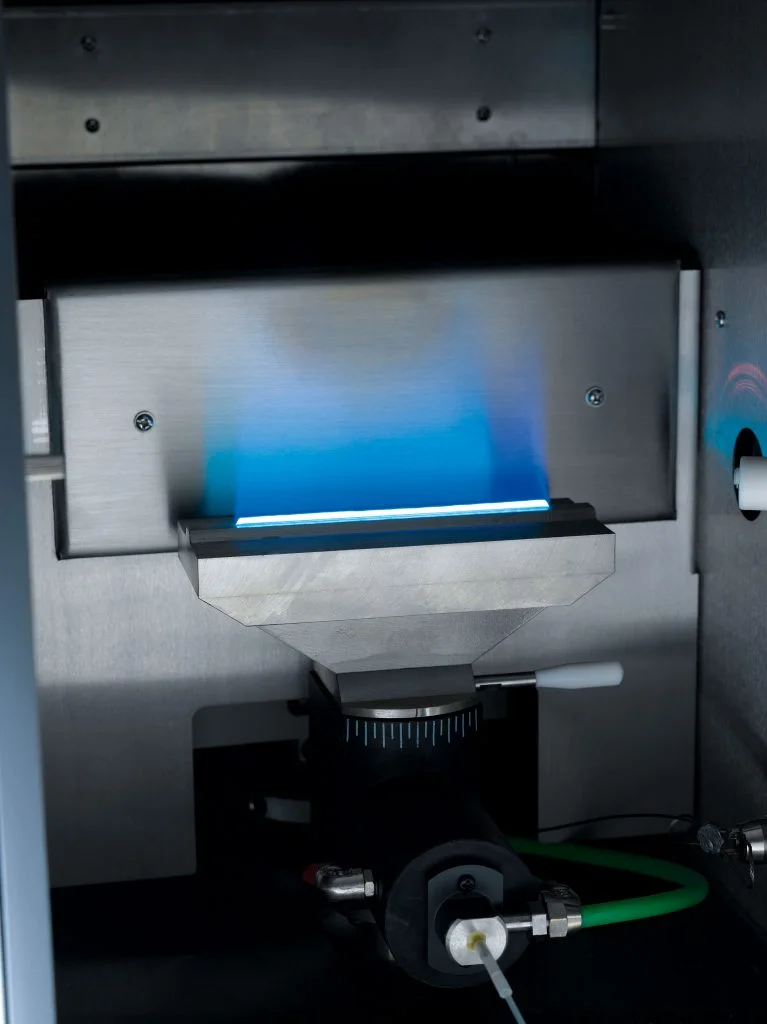
Applications of Atomic Absorption Spectrophotometry in Metal Detection
AAS is flexible and used in many fields to find metals in various materials. Here are some key uses:
Detecting Trace Metals in Environmental Samples
Monitoring the environment depends on AAS to find harmful metals like lead, mercury, and cadmium. These metals may be in water, soil, or air.
Use in Food and Beverage Analysis
In the food industry, AAS checks for metals like arsenic and iron in food and drinks. It ensures products are safe to consume. From juices to grains, AAS confirms products meet strict safety standards. Our devices are sensitive enough to find small amounts of harmful metals, keeping consumers safe.
Role in Clinical and Pharmaceutical Testing
In medical and drug fields, AAS tests body fluids like blood or urine for metals such as copper or zinc. These metals are important for health checks. AAS also ensures medicines are free of harmful metal traces. The accuracy of our A3G Spectrophotometer makes it a top choice for these tasks.
Steps Involved in Metal Detection Using Atomic Absorption Spectrophotometry
Sample Preparation Techniques
Good AAS results start with preparing the material correctly. The steps depend on whether the material is solid, liquid, or gas. Common steps include:
- Dissolving: Solids are mixed with acids or liquids to make a solution.
- Filtering: Removing tiny particles to avoid clogging the device.
- Diluting: Adjusting the material’s strength to fit the device’s range.
Proper preparation reduces errors. It ensures trustworthy results. For help, contact our team. We offer expert tips on preparing materials.
Calibration and Standardization Processes
Calibration is vital for correct AAS results. The process includes these steps:
- Make solutions with known metal amounts.
- Measure how much light they absorb to create a guide.
- Compare the material’s light absorption to the guide to find the metal amount.
Our AAS devices come with AAWin3 software. It automates calibration, which cuts down on mistakes and saves time.
Measurement and Data Interpretation
After calibration, the device breaks down the material. It measures how much light is absorbed. Then, it calculates the metal amount. Results show up as ppm or mg/L. Our software shows data clearly in real time. This helps users understand results quickly and correctly.
Advantages of Using Atomic Absorption Spectrophotometry for Metal Detection
High Sensitivity and Accuracy
AAS is excellent at finding tiny metal amounts with great precision. It can detect metals at ppb levels. This is crucial for tasks needing very low detection, like environmental or medical testing.
Versatility Across Various Industries
AAS works well in many fields, from environmental studies to medicine. It handles different materials, like soil or blood.
Cost-Effectiveness Compared to Other Methods
Compared to other methods like ICP-MS, AAS costs less. It still offers strong performance. This makes it a good choice for labs with limited budgets.
Challenges and Limitations of Atomic Absorption Spectrophotometry
Potential Sources of Error
AAS can face issues that affect results, such as:
- Chemical Issues: Other substances in the material may react with the metal.
- Light Issues: Light from other elements can overlap and cause errors.
Good preparation and correction features in our devices help reduce these problems.
Limitations in Multi-Element Analysis
AAS usually tests one metal at a time. This makes it slower for testing multiple metals compared to ICP-MS. However, our automated systems, like the A3F, speed up testing for several metals in a row.
Maintenance Requirements for Equipment
AAS devices need regular care to work well. This includes cleaning parts and replacing lamps. We offer full support to keep your equipment running smoothly.
PERSEE: A Reliable Supplier of Atomic Spectrometers
Overview of PERSEE’s Expertise in Analytical Instruments
Since 1991, we at Beijing Purkinje General Instrument Co., Ltd. (PERSEE) have led the way in making analytical tools. We hold certifications like ISO9001, ISO14001, and CE. These ensure our quality and dependability. Our global customers, from research labs to factories, trust us.
Key Features of PERSEE’s Atomic Absorption Spectrometers
Our atomic absorption spectrometers are built for performance and ease. Key features include:
- Automation: Fully automated systems make testing simple.
- Safety: Special burners and locks keep users safe.
- Precision: High-quality optics and feedback ensure accurate results.
Check out our models. They offer advanced features for your needs.
결론
Atomic absorption spectrophotometry is a vital tool for finding metals. It offers great precision, flexibility, and affordability. Whether you’re checking environmental pollutants, ensuring food safety, or testing medicines, AAS provides dependable results. At 페리, we’re proud to support your work with our advanced devices. We bring decades of experience to the table. Ready to improve your lab? Explore our atomic spectrometer range or 저희에게 연락하십시오 to learn more.
FAQs About Atomic Absorption Spectrophotometry
Q1. What types of metals can be detected using atomic absorption spectrophotometry?
A1. AAS can find over 60 metals, such as sodium, potassium, calcium, magnesium, zinc, iron, lead, mercury, and arsenic. The method uses special lamps for each metal. This ensures precise detection across many elements.
Q2. How does sample preparation affect the accuracy of results?
A2. Preparing the material correctly is key to accurate AAS results. Poor dissolving, filtering, or diluting can cause errors. For example, leftover particles or chemicals may interfere. Using pure water and proper methods, as suggested for our devices, improves result reliability.
Q3. Can atomic absorption spectrophotometry be used for real-time analysis?
A3. AAS is not ideal for real-time testing. It requires material preparation and tests one metal at a time. However, our automated devices, like the AA990F, speed up the process. They work well for labs needing to test many samples quickly.

